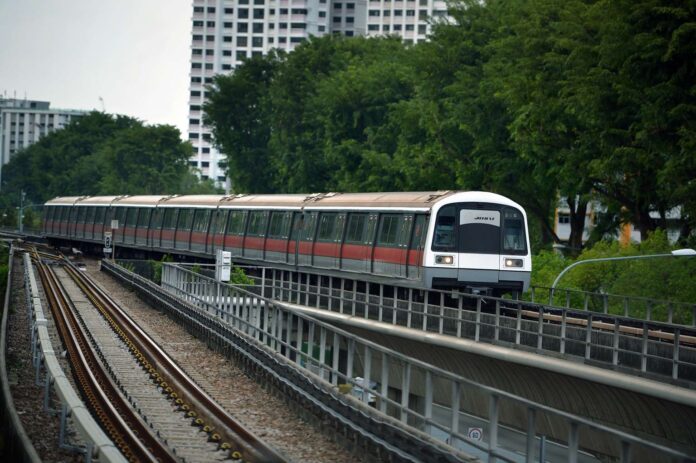
Singapore’s property market continues to evolve around one constant factor: proximity to the MRT. In a compact city where convenience defines lifestyle, homes within a short walk of a station hold greater long-term value, higher rental potential, and stronger resale demand. In 2025, developers are focusing on connectivity-driven condominiums that align with this trend.
Projects launched along the Thomson-East Coast Line, Cross Island Line, and Downtown Line corridors are attracting both local buyers and foreign investors seeking fast access to the CBD, education hubs, and retail clusters.
Table of Contents
The New Reality of MRT-Oriented Living
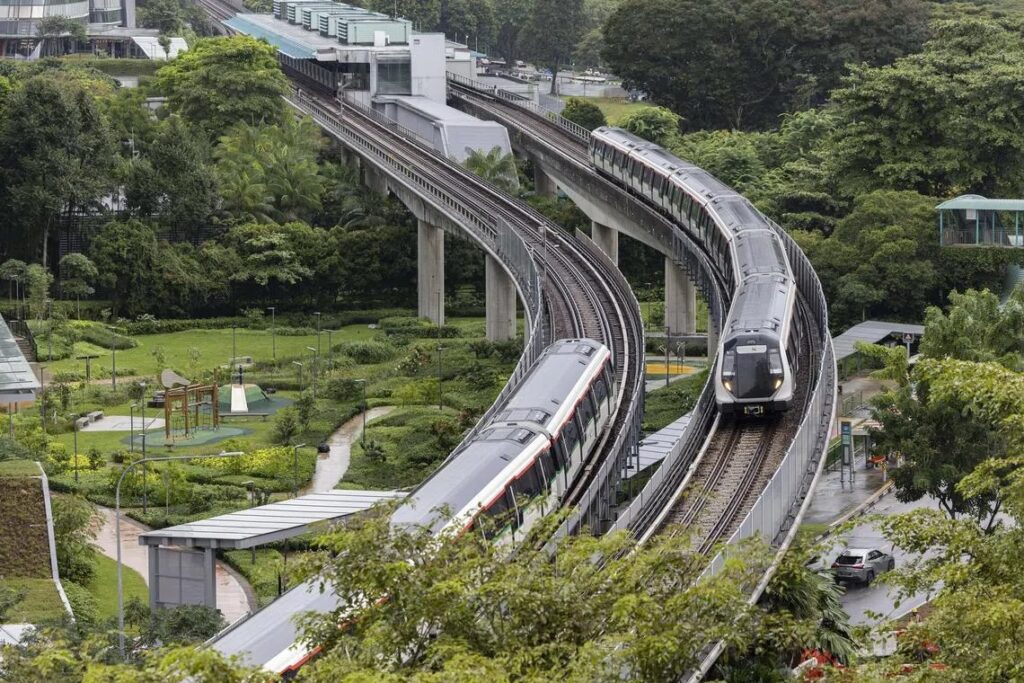
Over the past decade, Singapore’s MRT network has redefined how residents evaluate property. Homes near stations consistently outperform those located farther away. According to URA data, projects within 500 meters of an MRT station can command price premiums of 10% to 20%. These premiums are not speculative; they stem from tangible convenience and reduced commute time.
In 2025, the focus has shifted to new segments of the MRT map, particularly the eastern and northern expansions. These lines are bringing connectivity to previously underdeveloped zones like Lentor, Bayshore, and Hougang, where developers have moved fast to secure plots. The result is a wave of modern, mid- to high-density condominiums built with accessibility as their defining feature.
North Region – The Lentor Growth Zone
The northern corridor of Singapore has seen one of the fastest rises in integrated living environments. The Lentor area, in particular, has transformed from a quiet enclave into a mixed-use hub anchored by the Thomson-East Coast Line (TEL). With direct MRT links to Orchard, Marina Bay, and Gardens by the Bay, residents here gain city access without the central noise or density.
New projects around Lentor MRT are built around a lifestyle-first philosophy: greenery integration, full-facility layouts, and low vehicular dependency. Families value the proximity to schools like Anderson Primary and CHIJ St. Nicholas Girls’ School, while professionals appreciate the ease of getting downtown without transfers.
East Region – Coastal Connectivity and Redevelopment
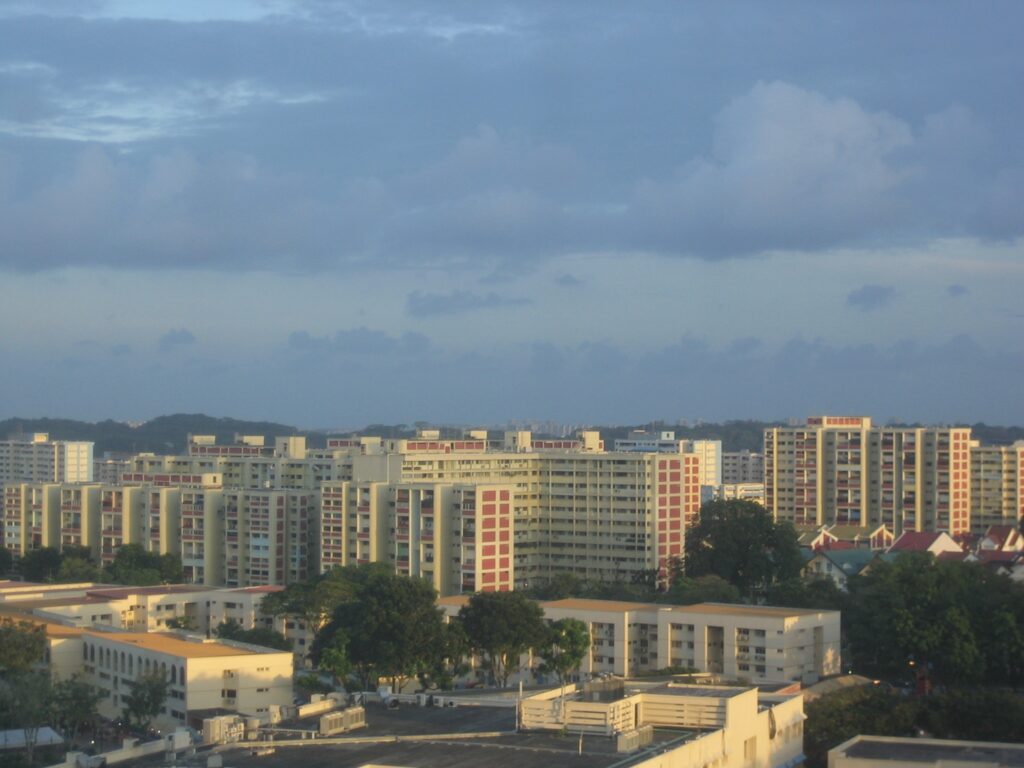
The East Coast stretch remains one of Singapore’s most desirable residential belts. The upcoming Bayshore and Bedok South stations are reshaping how developers plan residential density in the east. Here, newer condominiums are designed to capture sea views while maintaining walkability to MRT access points.
One standout development reflecting this coastal-urban blend is Pinery Residences. Located near the upcoming Tanjong Katong MRT station on the Thomson-East Coast Line, the project balances city access with the tranquility of the East Coast lifestyle. Its position near key arteries like East Coast Parkway and Marine Parade ensures quick access to Changi Airport and the Central Business District.
The development’s appeal lies in its ability to connect daily commuting ease with leisure options; residents can cycle to East Coast Park or reach Raffles Place within 15 minutes. It demonstrates how new projects along emerging MRT corridors offer both mobility and livability without compromise.
Central Region – Urban Redevelopment and Value Retention
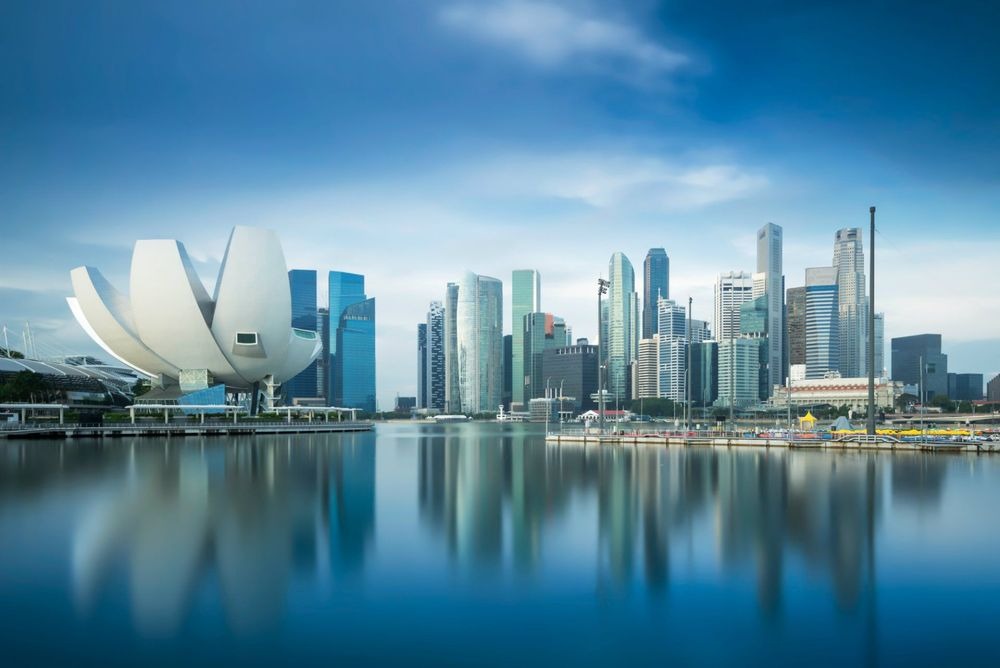
Closer to the core, redevelopment zones such as Balestier, Newton, and Novena continue to evolve with selective high-rise projects that emphasize urban renewal. These areas are saturated with medical, retail, and educational amenities, making them appealing to long-term investors who prioritize rental yield stability over speculative gains.
Developers in central districts are now adopting flexible unit mixes to cater to younger professionals and smaller families who want city-center proximity but also demand modern amenities and efficient layouts. While prices here remain high, the MRT access mitigates parking costs and improves lifestyle convenience, factors that sustain demand even during market cooling measures.
West Region – Transformation Through Connectivity
The west side of Singapore, traditionally seen as more industrial, is undergoing an identity shift driven by the Jurong Lake District (JLD) masterplan and the expansion of the Cross Island Line (CRL). Jurong is being positioned as Singapore’s second Central Business District, supported by enhanced transport integration. Upcoming MRT connections to Clementi, Bukit Timah, and Ang Mo Kio make this region one of the most strategically connected in the country.
New projects here focus on eco-smart living, with developers integrating energy-efficient systems and communal green areas. These enhancements are part of a broader national shift toward sustainable urban planning, ensuring long-term relevance as Singapore progresses toward its Green Plan 2030 goals.
South Region – Premium Waterfront Developments
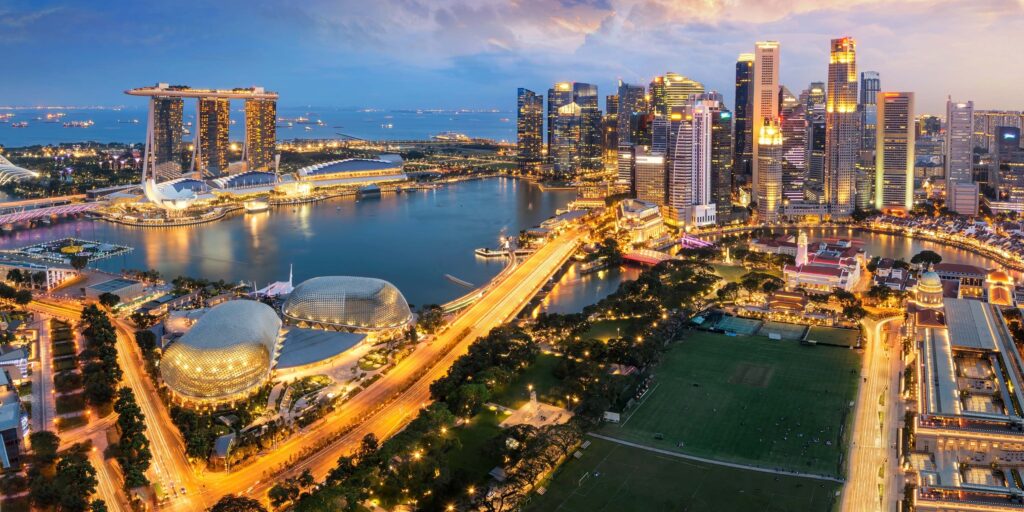
The southern waterfront remains one of the most coveted property zones, supported by the ongoing Greater Southern Waterfront transformation. Future MRT connectivity via the Circle Line and Thomson-East Coast Line will make the area even more accessible, linking luxury residences directly to business and entertainment hubs.
One upcoming high-end project illustrating this evolution is Narra Residences. Positioned strategically within walking distance of an MRT interchange, it integrates luxury design with transit-oriented planning. Its layout caters to both investors and owner-occupiers seeking long-term value retention in an area set for continuous growth.
The project demonstrates how premium developments are no longer defined solely by architecture or amenities, but by seamless integration with Singapore’s expanding transport network. Its MRT proximity not only enhances convenience but also insulates property value from economic fluctuations, a factor increasingly central to investment logic.
Why MRT Proximity Defines Singapore’s Future Property Value
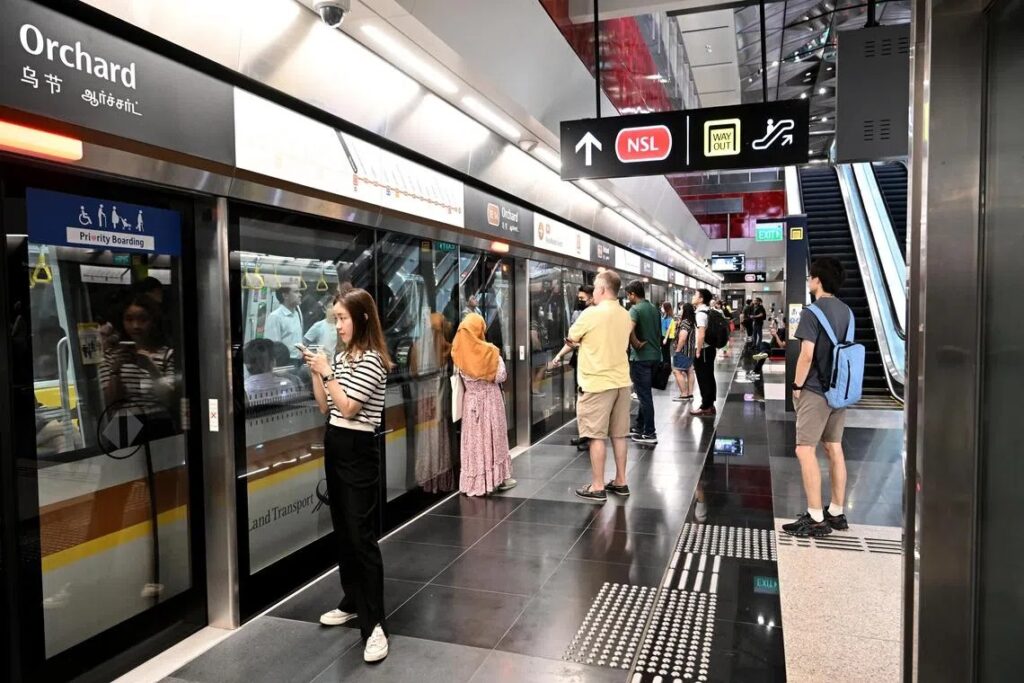
Real estate in Singapore has always been closely tied to the nation’s infrastructure development. Unlike in larger countries where highways dominate mobility, Singapore’s rail network dictates urban growth. With the Cross Island Line and the Jurong Region Line set to expand coverage to 90% of residential areas by 2035, today’s buyers are effectively securing tomorrow’s convenience.
For investors, MRT-adjacent condominiums carry distinct financial advantages:
- Resale Liquidity: Properties near MRTs sell faster, even in slower markets.
- Rental Demand: Tenants, especially expatriates and younger professionals, consistently prefer units within a 10-minute walk to stations.
- Capital Stability: During cooling periods, MRT-connected developments show smaller price declines compared to non-connected ones.
These factors collectively make such properties more resilient. Developers recognize this trend and increasingly compete for plots near future MRT lines, ensuring that the next decade of condominium launches remains tightly linked to transport accessibility.
Mid-Decade Outlook
As Singapore progresses toward its 2040 Land Transport Master Plan, the correlation between MRT expansion and property value will only strengthen. Areas like Ang Mo Kio, Hougang, Clementi, and East Coast are forecast to see continuous urban improvement, new amenities, and evolving demographic appeal.
For homebuyers, this trend means that choosing a residence today is less about immediate prestige and more about future network value. For investors, it signals an enduring strategy: purchase where infrastructure is growing, not where it has already peaked.
Conclusion
Singapore’s condominium landscape in 2025 clearly centers on transit-oriented development. From the northern connectivity of Lentor to the coastal accessibility of the East, the west’s transformation around Jurong, and the ongoing southern waterfront expansion, MRT lines remain the defining metric for residential desirability.




